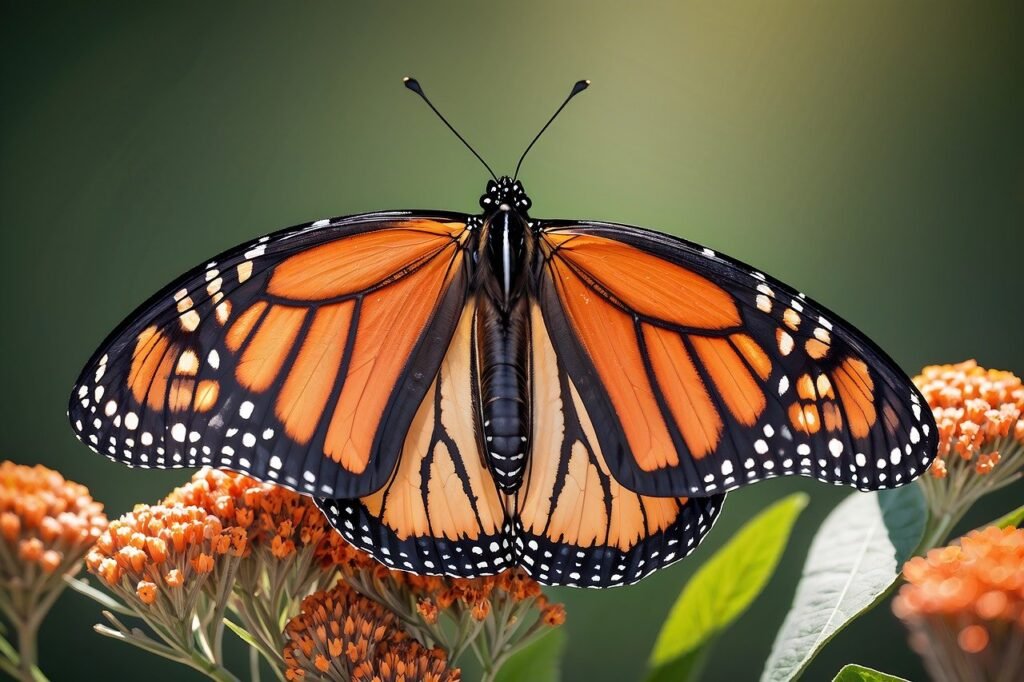
The annual migration of monarch butterflies is one of nature’s most mesmerizing phenomena. The journey of these delicate creatures symbolizes resilience, beauty, and the wonders of the natural world. This remarkable event has been a topic of awe and study for centuries. Recently, reports like those found on https://pussmoth.com/las-mariposas-monarca-regresan-a-lo-grande have highlighted their spectacular return, offering hope for the species and their habitats.
In this article, we’ll delve into the significance of their migration, the challenges they face, and the efforts made to ensure their survival.
The Incredible Journey of Monarch Butterflies
Each year, millions of monarch butterflies embark on an epic journey spanning thousands of miles. They migrate from North America to the forests of central Mexico, where they cluster together for warmth during the winter months. The journey is a multi-generational feat, as no single butterfly completes the round trip.
Key Facts About Monarch Migration
- Distance Traveled: Monarchs cover up to 3,000 miles in their migration.
- Navigation Abilities: These butterflies use environmental cues, such as the position of the sun, to navigate.
- Overwintering Sites: The oyamel fir forests in Mexico serve as their primary winter sanctuaries.
This breathtaking migration is one of the reasons why articles like https://pussmoth.com/las-mariposas-monarca-regresan-a-lo-grande celebrate their triumphant return.
Challenges Faced by Monarch Butterflies
Despite their resilience, monarch butterflies face numerous threats that endanger their migration and survival.
1. Habitat Loss
- Deforestation in Mexico’s oyamel forests, primarily due to illegal logging, has significantly reduced their overwintering grounds.
- Urbanization and agricultural expansion in North America have also diminished milkweed plants, essential for monarch reproduction.
2. Climate Change
- Unpredictable weather patterns disrupt migration timings and threaten the availability of resources along their journey.
- Rising temperatures can alter the butterflies’ overwintering habitats, making them unsuitable.
3. Use of Pesticides
- The widespread use of herbicides and pesticides destroys milkweed, the only plant on which monarchs lay their eggs.
These challenges underline the importance of initiatives like those mentioned in https://pussmoth.com/las-mariposas-monarca-regresan-a-lo-grande, which aim to raise awareness and inspire action.
Efforts to Protect Monarch Butterflies
The return of monarch butterflies “a lo grande” (in grand style) is a testament to the conservation efforts made worldwide.
Conservation Initiatives
- Reforestation Projects
Organizations and local communities in Mexico have worked tirelessly to restore the oyamel forests. - Milkweed Planting
Campaigns in the United States and Canada encourage individuals to plant milkweed in their gardens. - Awareness Campaigns
Websites like https://pussmoth.com/las-mariposas-monarca-regresan-a-lo-grande play a vital role in educating the public about the plight of monarchs and how they can help.
How You Can Help
Even small actions can contribute to the survival of monarch butterflies. Here’s how you can make a difference:
- Plant Milkweed: Grow native milkweed in your garden to provide a breeding habitat for monarchs.
- Avoid Pesticides: Opt for natural pest control methods to protect butterfly populations.
- Support Conservation Organizations: Donate to groups dedicated to preserving monarch habitats.
- Spread Awareness: Share information, like the insights found on https://pussmoth.com/las-mariposas-monarca-regresan-a-lo-grande, to inspire others.
Conclusion
The return of monarch butterflies is more than a natural spectacle; it’s a symbol of hope and resilience. Their journey reminds us of the delicate balance of ecosystems and the role we play in preserving them. Resources like https://pussmoth.com/las-mariposas-monarca-regresan-a-lo-grande shine a light on their inspiring comeback and the ongoing efforts to protect them.
As we celebrate their return, let’s commit to safeguarding their future, ensuring that generations to come can witness the breathtaking sight of monarchs in flight.






